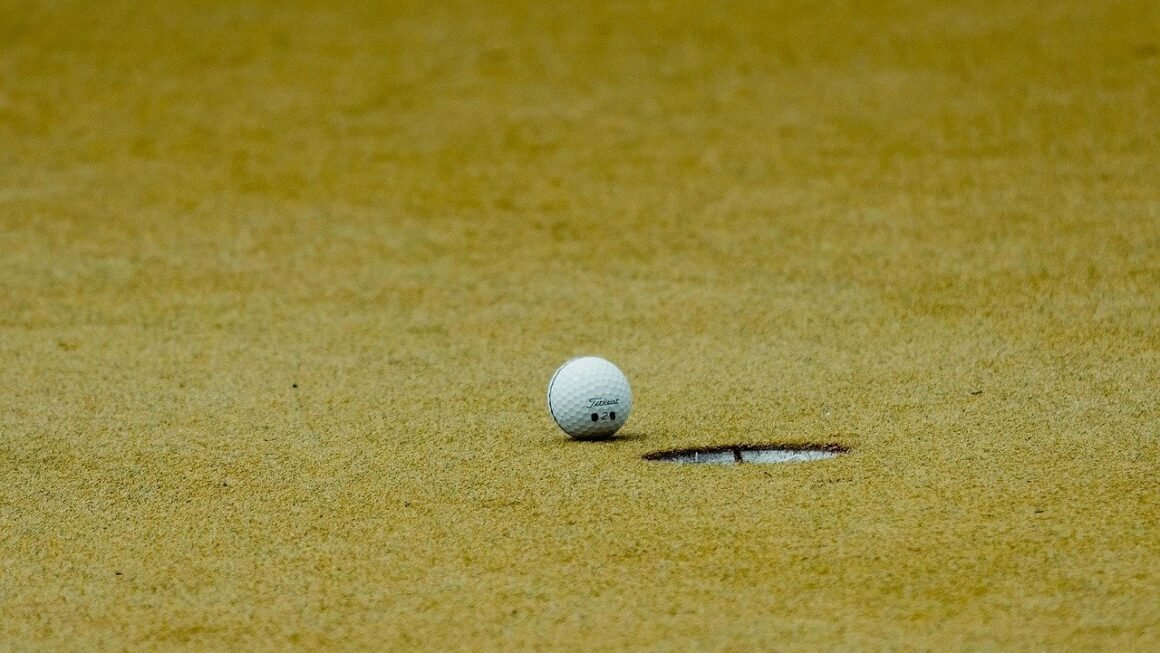Handball. It’s a fast-paced, high-scoring, and physically demanding sport that combines elements of basketball, soccer, and hockey. Often overlooked in favor of more mainstream sports, handball boasts a devoted global following and a rich history. Whether you’re a seasoned athlete or simply looking for a new sport to follow (or try!), this guide will provide a comprehensive overview of everything handball, from its basic rules to advanced strategies. Let’s dive in!
What is Handball? A Deep Dive into the Sport
Handball, also known as team handball or Olympic handball, is a team sport played on a rectangular court with two goals. The objective is simple: score by throwing the ball into the opposing team’s goal. However, the speed, agility, and strategic complexity involved make it anything but simple to master.
The Basics of Handball Gameplay
- Two teams of seven players (six court players and one goalkeeper) compete against each other.
- Players can dribble the ball, pass it to teammates, or shoot for the goal.
- Players can only hold the ball for a maximum of three seconds and take a maximum of three steps without dribbling.
- Physical contact is allowed but restricted to blocking an opponent’s path or contesting the ball. Excessive or dangerous fouls result in penalties.
- A typical game consists of two 30-minute halves, with a 10-15 minute halftime break.
- The team with the most goals at the end of the game wins.
Key Handball Terminology
Understanding the terminology is crucial to following the game. Here are some essential terms:
- 9-meter line: A dashed line surrounding the goal area, from which free throws are taken after certain fouls.
- 7-meter line: The penalty line, similar to a free-throw line in basketball, from which penalty shots are taken.
- Crease: The semi-circular area directly in front of the goal, where only the goalkeeper is allowed.
- Wing: Players positioned on the far left and right sides of the court, typically known for their speed and agility.
- Pivot: A player positioned close to the goal, often used to create space and scoring opportunities.
- Backcourt: Players positioned further away from the goal, typically responsible for long-range shots and playmaking.
A Brief History of Handball
Handball’s roots can be traced back to ancient games played in various forms across different cultures. However, the modern version of handball began to take shape in the late 19th and early 20th centuries in Northern Europe, particularly in Germany and Scandinavia. Indoor handball gained prominence and was first included in the Summer Olympics in 1936 (Berlin) and then reintroduced in 1972 (Munich), where it has remained a staple ever since.
The Handball Court and Equipment
The court and equipment in handball are specifically designed to facilitate fast-paced action and dynamic gameplay. Understanding these elements is key to appreciating the sport.
Dimensions and Markings of the Handball Court
- The handball court is a rectangle measuring 40 meters long and 20 meters wide.
- It is divided into two halves, each with a goal area.
- The goal area is a 6-meter arc in front of each goal. Only the goalkeeper is allowed inside this area.
- The 7-meter line (penalty line) is located 7 meters away from the goal.
- The 9-meter line (free-throw line) is a dashed arc surrounding the goal area.
- A substitution zone is located on the sidelines for player changes.
The Handball: Size, Weight, and Grip
- The handball is made of leather or synthetic material and is designed for optimal grip and throwing.
- The size and weight of the ball vary depending on the age and gender of the players.
Men’s Ball: Size 3, weighs 425-475 grams, and has a circumference of 58-60 cm.
Women’s Ball: Size 2, weighs 325-375 grams, and has a circumference of 54-56 cm.
* Youth Ball: Size 1, smaller and lighter than the women’s ball.
- Proper grip and throwing techniques are crucial for accuracy and power.
Goalkeeping Equipment
Goalkeepers require specialized equipment to protect themselves from high-velocity shots:
- Padded Clothing: Goalkeepers wear padded jerseys and pants to absorb impact.
- Protective Gear: Some goalkeepers wear additional protective gear, such as face masks or groin protectors.
Basic Rules and Regulations of Handball
Handball has a specific set of rules designed to ensure fair play and promote exciting gameplay. Understanding these rules is essential for both players and spectators.
Fouls and Penalties
- Common Fouls: Illegal blocking, pushing, tripping, or holding an opponent.
- Free Throw: Awarded to the opposing team after a minor foul occurs outside the 9-meter line.
- 7-Meter Throw (Penalty): Awarded when a clear scoring opportunity is illegally prevented within the goal area.
- Progressive Punishments: More severe fouls can result in a warning (yellow card), a two-minute suspension, or a disqualification (red card).
- Two-Minute Suspension: A player is temporarily removed from the game for two minutes due to a serious foul or repeated minor fouls.
- Disqualification (Red Card): A player is permanently removed from the game for a particularly egregious foul.
Throw-Off and Free Throw Procedures
- Throw-Off: Starts the game and restarts play after a goal is scored. The player taking the throw-off must have one foot on the center line.
- Free Throw Execution: Players must be outside the 9-meter line when taking a free throw. Opposing players must be at least 3 meters away.
Specific Rule Interpretations
- Passive Play: Teams are required to actively attempt to score. Prolonged holding of the ball without attempting to attack can be penalized as passive play.
- Entering the Goal Area: Only the goalkeeper is allowed inside the goal area. Field players who enter the area illegally can be penalized.
- Goalkeeper Privileges: The goalkeeper has special privileges within the goal area, such as being allowed to touch the ball with their feet and move freely without restrictions.
Handball Tactics and Strategies
Handball is not just about physical prowess; it also requires strategic thinking and tactical execution. Successful teams employ a range of offensive and defensive strategies to outmaneuver their opponents.
Offensive Strategies
- Fast Break: Quickly transitioning from defense to offense to catch the opposing team off guard.
- Position Play: Setting up structured attacks with players in specific positions, creating passing lanes and scoring opportunities. Examples include a 3-3 or 2-4 formation.
- Pick and Roll: A dynamic play where a player sets a screen (pick) for a teammate, allowing them to drive towards the goal.
- Crosses and Switches: Moving players across the court to create confusion and open up space for shots.
Defensive Strategies
- 6-0 Defense: All six defensive players line up along the 6-meter line to protect the goal. This is a common, relatively passive defense.
- 5-1 Defense: Five defensive players line up on the 6-meter line, while one player presses the opposing team’s playmaker further up the court. More aggressive than the 6-0.
- Man-to-Man Defense: Each defensive player is responsible for marking a specific offensive player. This is a high-pressure defense requiring excellent fitness.
- Zone Defense: Defensive players cover specific areas of the court, rather than marking individual players.
Key Player Roles and Responsibilities
- Playmaker (Center Back): Directs the offense, controls the tempo, and makes strategic decisions.
- Wings: Fast and agile players who score from the sides of the court.
- Pivot (Line Player): Positioned close to the goal, creates space, and scores from close range.
- Goalkeeper: The last line of defense, responsible for stopping shots and initiating counter-attacks.
- Backcourt Players: Responsible for long-range shots, playmaking, and defensive support.
Benefits of Playing Handball
Handball is not just a thrilling sport to watch; it also offers numerous physical, mental, and social benefits for those who play it.
Physical Fitness Benefits
- Cardiovascular Health: Handball is a high-intensity sport that improves cardiovascular fitness and endurance.
- Strength and Power: Requires explosive movements, strengthening muscles throughout the body.
- Agility and Coordination: Involves quick changes of direction, enhancing agility and coordination.
- Overall Conditioning: Provides a full-body workout, improving overall physical conditioning.
Mental and Social Benefits
- Teamwork: Promotes teamwork and collaboration as players work together towards a common goal.
- Strategic Thinking: Develops strategic thinking and decision-making skills.
- Discipline and Focus: Requires discipline and focus to learn and execute complex plays.
- Social Interaction: Offers opportunities for social interaction and camaraderie with teammates.
- Stress Relief: Provides a healthy outlet for stress relief and enjoyment.
Accessibility and Inclusivity
- Handball can be adapted for various skill levels and ages, making it accessible to a wide range of people.
- It can be played both indoors and outdoors, depending on available facilities.
- Many communities offer recreational handball leagues and clubs, providing opportunities for participation.
Conclusion
Handball is a dynamic and engaging sport that combines athleticism, strategy, and teamwork. Whether you’re a curious spectator or an aspiring player, understanding the basics of handball – from its rules and equipment to its tactics and benefits – can greatly enhance your appreciation for this exhilarating game. So, get out there, watch a match, join a league, and experience the thrill of handball for yourself. You might just find your new favorite sport!



